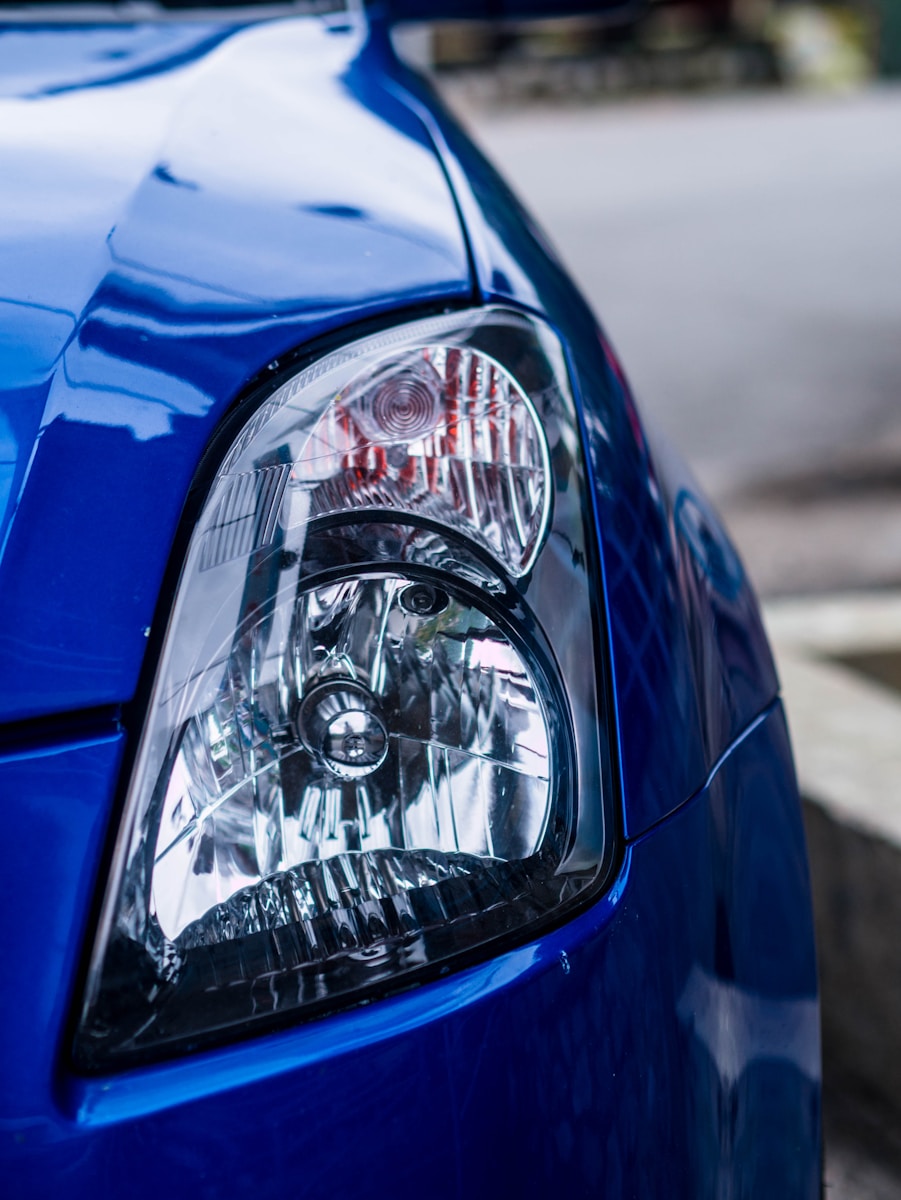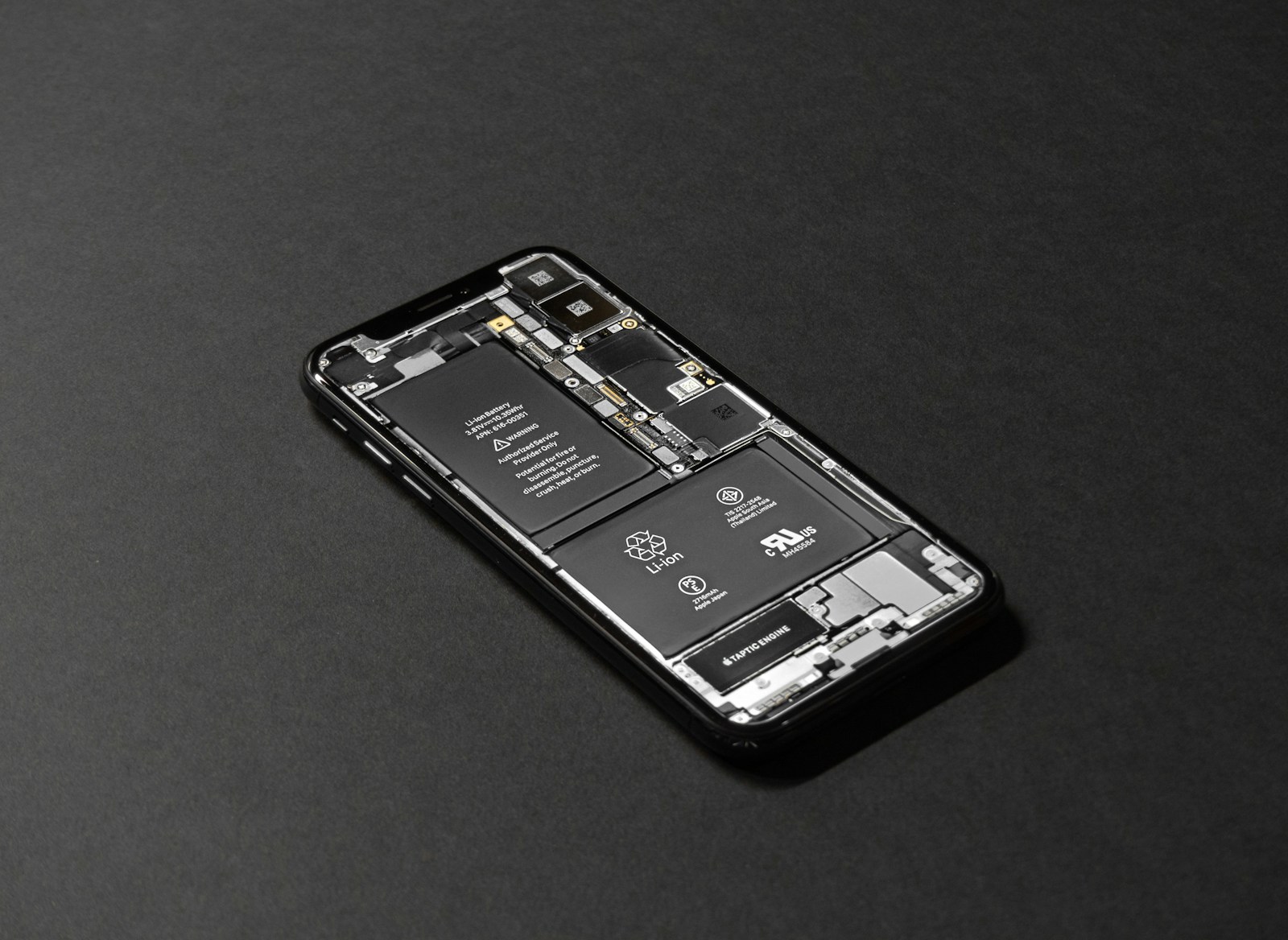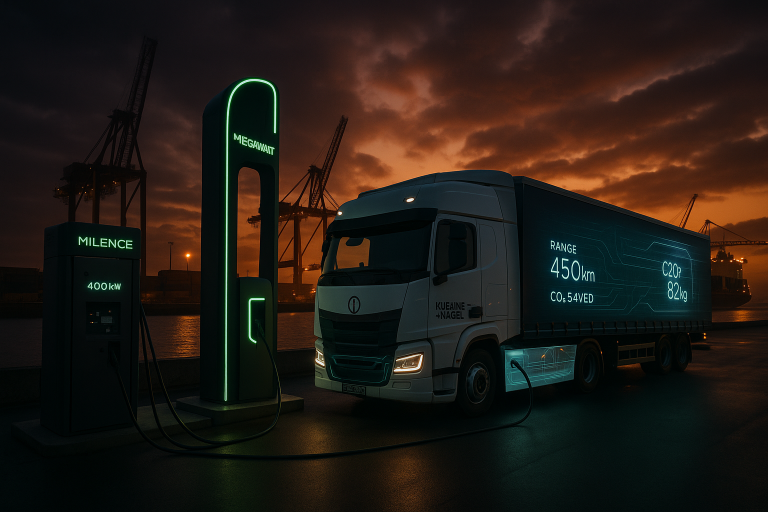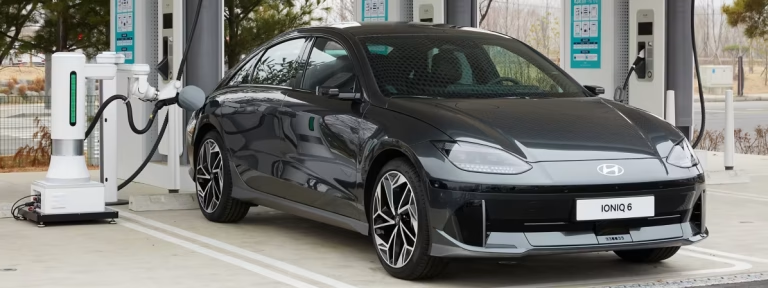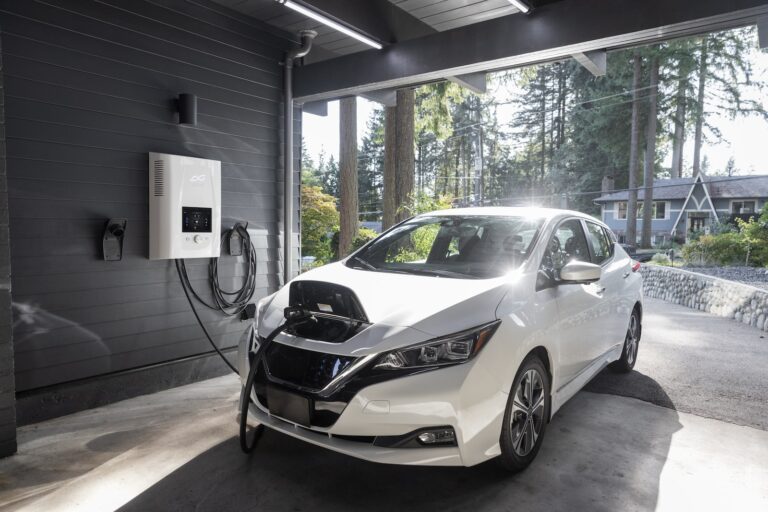How to Restore Your Headlights and Make Them Shine Like New
Your vehicle’s headlights are more than just a cosmetic feature; they are a critical component of road safety. They ensure clear visibility during nighttime driving and in adverse weather conditions such as rain, fog, or snow. Over time, however, the protective lens of your headlights can deteriorate due to constant exposure to the elements. This deterioration manifests as cloudiness, yellowing, or fogging, which not only reduces the effectiveness of your headlights but also detracts from the overall appearance of your vehicle.
Restoring your headlights is a cost-effective way to enhance both the functionality and aesthetics of your car. Clear, bright headlights improve your visibility and make your vehicle more noticeable to other drivers, thereby increasing safety. Whether you’re looking for a quick fix using household items or a more durable, professional-grade solution, this comprehensive guide will walk you through every possible method to restore your headlights to their former glory.
Understanding Headlight Deterioration
What Causes Headlight Fogging?
Most modern vehicles are equipped with headlights made from polycarbonate plastic rather than glass. While polycarbonate is highly durable and impact-resistant, it is also prone to oxidation, UV damage, and abrasion. Over time, these factors can cause the headlights to become cloudy, yellowed, or foggy, reducing their effectiveness.
Several factors contribute to headlight deterioration:
- UV Exposure: The sun’s ultraviolet rays break down the outer coating of the headlight, causing yellowing and cloudiness.
- Oxidation: Exposure to oxygen leads to surface degradation, making the plastic appear hazy.
- Road Debris: Tiny rocks, dirt, and sand hitting the headlights cause micro-abrasions that dull the surface.
- Chemical Exposure: Harsh chemicals in car washes, gasoline spills, and environmental pollutants can degrade the lens.
- Moisture Buildup: Cracks or sealant failure allow moisture to enter the headlight housing, leading to internal fogging.
Choosing the Best Headlight Restoration Method
The severity of your headlight damage will determine the best restoration method. Below, we outline six approaches, ranging from quick DIY fixes to professional solutions.
METHOD 1: Wet Sanding & Polishing (Traditional DIY Approach)
What You’ll Need:
- Sandpaper (1000, 2000, 3000 grit)
- Mild car soap & water
- Microfiber cloths
- Painter’s tape (to protect paint)
- Automotive polishing compound
- Orbital buffer (optional)
- Car wax & UV sealant
- Water spray bottle
Step-by-Step Restoration Process:
- Cleaning the Surface:
- Wash the headlights using car soap and water to remove dirt and grime.
- Dry thoroughly with a microfiber cloth.
- Protect Surrounding Areas:
- Apply painter’s tape around the headlight edges to prevent accidental damage to the car’s paint.
- Gradual Sanding:
- 1000-Grit Sanding: Spray water onto the headlight and sand in straight horizontal motions.
- 2000-Grit Sanding: Switch to diagonal motions to refine the surface.
- 3000-Grit Sanding: Final smoothing with opposite diagonal strokes.
- Polishing for Clarity:
- Apply automotive polishing compound using circular motions.
- Use an orbital buffer if available for an even finish.
- Sealing and Protecting:
- Apply car wax to enhance shine.
- Apply UV sealant to prevent future oxidation.
Best For: Vehicles with moderate oxidation and surface damage.
METHOD 2: All-in-One Headlight Restoration Kits
These kits are designed for convenience and typically include specialized sanding discs, polishing compounds, and UV coatings. They offer an easy and effective restoration method.
How to Use a Headlight Kit:
- Clean the headlights.
- Use the sanding pads as directed (some kits include drill attachments).
- Apply the included polishing compound.
- Seal with the UV protectant.
Best For: Those who want a simple, all-in-one solution.
METHOD 3: Household Item Methods (Quick Fixes)
Common Alternatives:
- Toothpaste: Acts as a mild abrasive for light oxidation. Apply generously, rub in circular motions, rinse, and dry.
- Baking Soda & Vinegar: Forms a mildly abrasive paste. Apply, scrub, rinse, and dry.
- Lemon & Baking Soda: Natural acids and abrasives remove oxidation.
⚠ Caution: These methods work for mild fogging but do not offer long-term protection.
Best For: Quick fixes for minimal headlight damage.
METHOD 4: Professional Headlight Restoration Services
What to Expect:
- Expert technicians use precision sanding, polishing, and UV coating to restore clarity.
- The process typically takes 30 minutes to an hour.
- Many shops offer a 1- to 3-year warranty on their work.
Best For:
- Vehicles with severe oxidation and scratches.
- Luxury or high-value cars where professional restoration ensures longevity.
METHOD 5: Advanced Power Tool Techniques
Emerging Restoration Technologies:
- Orbital Sanders & Drill Attachments: Faster sanding for deeper oxidation removal.
- Chemical Strippers: Used to remove the oxidized layer quickly.
- UV-Curing Sealants: Offers longer-lasting protection than standard coatings.
Best For: Experienced users comfortable with power tools.
METHOD 6: Replacing the Headlights (Long-Term Solution)
When to Consider Replacement:
- Extensive cracking or pitting on the lens.
- Failed internal seals, leading to persistent moisture inside.
- If restoration fails to significantly improve light output.
💰 Cost Consideration:
- OEM (Original Equipment Manufacturer) headlights can be expensive.
- Aftermarket options are more affordable but vary in quality.
Best For:
- Severely damaged headlights that cannot be restored effectively.
- Those looking for an upgrade to LED or HID headlights.
Maintenance & Preventative Care
To maintain clear, bright headlights:
- Regular Cleaning: Wash with mild soap and water weekly.
- Reapply UV Sealant Every 3-6 Months: Prevents oxidation.
- Avoid Harsh Chemicals: Do not use household glass cleaners (e.g., Windex) on plastic lenses.
- Park in the Shade: Reduces UV exposure.
- Use a Headlight Cover: Adds protection from road debris and weather conditions.
Final Thoughts: Which Method is Right for You?
| Restoration Method | Best For | Cost | Time | Difficulty |
|---|---|---|---|---|
| Wet Sanding & Polishing | Moderate oxidation | Low | 1-2 hours | Medium |
| Headlight Restoration Kit | Convenience & ease | Medium | 30-60 min | Low |
| Household Remedies | Light fogging | Low | 15-30 min | Very Low |
| Professional Service | Severe oxidation | High | 30-60 min | None |
| Power Tools | Experienced DIYers | Medium | 1-2 hours | High |
| Replacement | Severely damaged headlights | High | 1-3 hours | High |
Regardless of which method you choose, restoring your headlights will enhance your vehicle’s appearance and ensure safer driving conditions. Whether you opt for a quick DIY fix or a professional service, the investment in headlight restoration is well worth the improved visibility and safety on the road.

